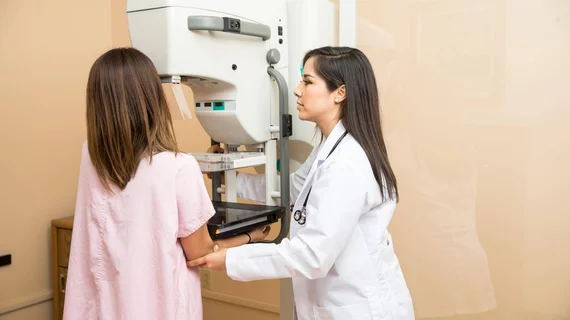Screening efforts have helped avert millions of cancer-related deaths in recent decades
Advances in cancer screening initiatives have helped to save millions of lives over the last several decades.
In conjunction with prevention efforts, the introduction of screening examinations has resulted in a reduction of nearly 6 million cancer-related deaths since 1975, according to a new analysis in JAMA Oncology. To the authors’ knowledge, the study was the first to assess the role of advancements in treatment, screening programs and prevention efforts in mortality reduction.
“Cancer mortality has decreased over time, but the contributions of different interventions across the cancer control continuum to averting cancer deaths have not been systematically evaluated across major cancer sites,” Katrina Goddard, PhD, of the National Cancer Institute, and co-authors wrote.
The analysis focused on deaths owed to breast, cervical, colorectal, lung and prostate cancers between 1975 and 2020. It utilized population-level cancer mortality data and outputs from published models developed by the Cancer Intervention and Surveillance Modeling Network to quantify cancer deaths.
“Model inputs were based on national data on risk factors, cancer incidence, cancer survival, and mortality due to other causes, and dissemination and effects of prevention, screening (for interception and early detection), and treatment,” the group explained.
About 8 out of every 10, or the equivalent of 4.75 million, cancer-related deaths were averted by screening and prevention. Imaging’s role in death prevention was most notable in breast cancer, accounting for around 25% of the deaths averted.
Non-imaging screenings were associated with significantly better outcomes for cervical, colorectal and prostate cancer throughout the time studied, while smoking reduction was the driving factor behind the decreased lung cancer deaths observed. The latter stat could be partially due to low uptake of CT lung cancer screenings, especially in the first few decades included, as the exam was not recommended by the United State Preventive Services Task Force until 2013.
"A multi-prong approach is needed to reduce the burden of cancer in the United States," co-author Philip E. Castle, PhD, MPH, of the National Cancer Institute, said during a press briefing. "And while cancer treatment keeps those with cancer from dying, cancer prevention and control keeps people from ever getting cancer, keeps healthy people healthy, and the quality of life of those who never get cancer is much greater than those who have to undergo cancer treatment."
Learn more about the study’s results here.

